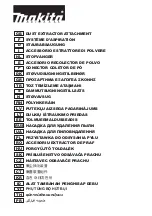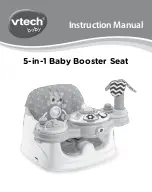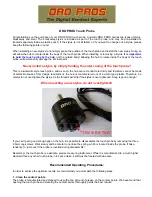
USER MANUAL
STM 550 / EMSI
–
ENOCEAN MULTISENSOR FOR IOT APPLICATIONS
© 2020 EnOcean | www.enocean.com F-710-017, V1.0
STM 550 / EMSI User Manual | v1.3 | September 2020 | Page 88/97
11.5
Magnet contact sensing
If STM 550 is used to detect the presence of a magnet using its magnet contact sensor (e.g.
for door or window monitoring), then the magnet has to be in close proximity to the STM 550
magnet contact sensor for the case where a “Magnet Present” (or “Closed”) condition shall
be detected. Refer to Figure 13 and Figure 14 for the location of the sensor.
Attach the magnet to the intended surface (e.g. door or window) such that the centre of the
large side of the magnet is oriented towards the location of the magnet contact sensor in
STM 550 and that the distance between magnet and STM 550 housing is less than 1 cm for
the “Magnet Present” conditi
on. Verify that the state (e.g. door open or closed) is reported
as expected.
11.6
Energy harvesting
STM 550 is powered by ambient light using its integrated solar cell. For best performance it
is therefore essential to maximize the amount of light available for harvesting.
Harvestable light will typically be either natural light (daylight coming in through windows
etc) or artificial light (direct or reflected light from indoor luminaires). If natural light is avail-
able (e.g. from a window) then the solar cell of STM 550 should be oriented as much as
possible towards that.
STM 550 is designed to operate self-supplied with its standard parameters based on 200 lux
of illumination at its solar cell for at least 6 hours per day. STM 550 can operate for 4 days
without available energy after being exposed to 200 lux for 2 days.
Lower levels of available light can be addressed by configuring a lower reporting rate via NFC
as discussed in chapter 2.3.1. If the available light is insufficient, then STM 550 offers the
option for a CR1632 backup battery as described in chapter 4.3.
The exact amount of available light can be determined by executing an illumination test as
described in chapter 2.2.5.










































